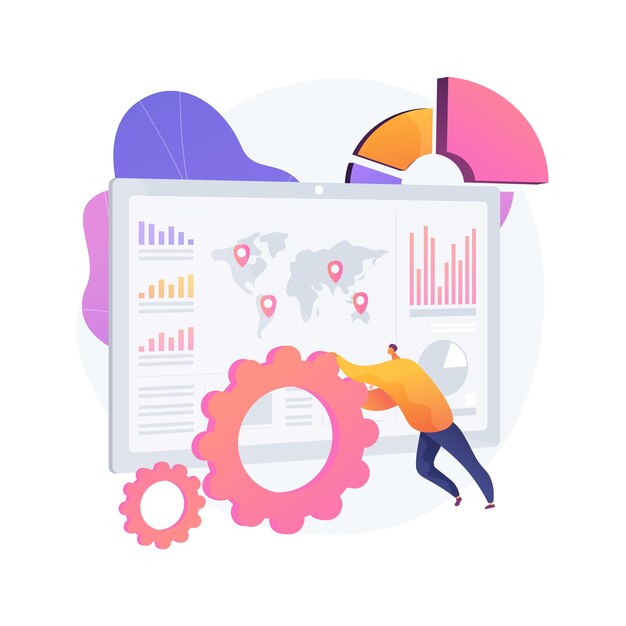Introduction Classification - teaching a model to recognize patterns and assign labels to new examples - is a fundamental machine learning problem. Decision trees and neural networks are two well-established techniques for tackling classification tasks. Now with the rise in popularity of large language models (LLMs) there is another new, popular approach. Each method brings its own strengths, limitations, and assumptions about the data.
In brief, decision trees provide an interpretable, rule-based way of splitting and classifying the data.





